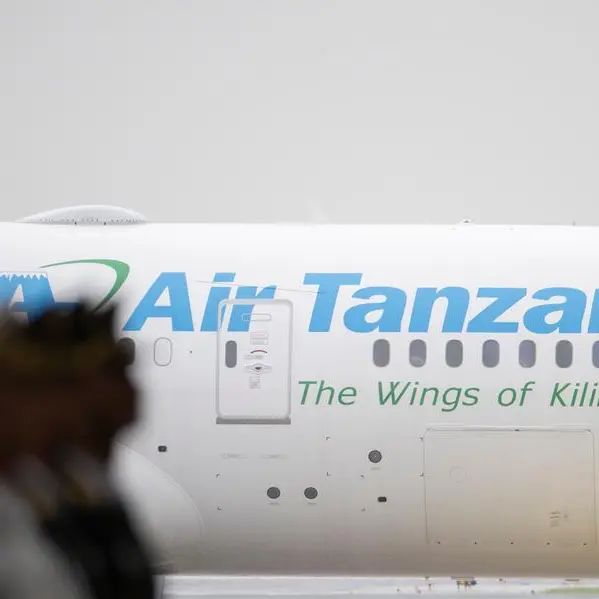PHOTO
The investments made by Savings and Credit Cooperative Organisations in unit trust funds, reasonable interest rates registered by savers and strong product uptake among low-income earners are attributed to notable unit trust account balances held by Ugandan savers compared to its peers in Kenya and TanzaniaUnit trust products are organised, collective savings channels that attract short-term savings from both poor and rich clients seeking to achieve different financial goals.
Figures published by Uganda’s Capital Markets Authority show average individual balances recorded among local unit trust funds, also referred to as collective investment schemes, stood at $8,010 by close of June 2023.
Read: Uganda CMA woos industrialists to list stocksThe total number of client accounts increased from 56,787 in March 2023 to 66,188 by end of June 2023 while the total value of assets held by Ugandan unit trust funds amounted to $530.2 million by close of June 2023.
In comparison, average individual balances belonging to Tanzanian unit trust savers stood at $3,529 while the total number of client accounts was estimated at 183,987 by end of June 2023.
Total assets managed by Tanzania’s unit trust funds were valued at $649.3 million by close of June 2023.
The average account balance held by Kenya’s unit trust funds stood at $1,286 while the number of client accounts was estimated at 942,236 by end of June 2023. Total assets managed by Kenya’s unit trust fund industry amounted to $1.2 billion during the period under review.
Comparative industry data for other East African Community member states including South Sudan, Burundi, Democratic Republic of Congo and Rwanda was not available by press time.
Though Uganda’s unit trust industry appears smaller than some of its regional peers in terms of assets, considerable investments made by local Saccos in unit trust funds are cited for the huge average client balances recorded in this segment.
Read: Bourses’ bear-run to persist as investors flee into bondsThe share of unit trust assets held by Saccos is currently estimated at more than 10 percent to date according to industry sources, a figure influenced by growing desires for bigger returns on members’ funds held by savings and credit organisations.
The average interest rate paid on unit trust savings lies in the range of 10-13 percent per year while the 10-year weighted inflation rate — a core tool used in the calculation of returns on people’s savings — stands at 10 percent, according to financial experts.
Simon Mwebaze, chief executive of UAP-Old Mutual Financial Services Uganda Ltd says around 10 percent of unit trust clients in Uganda are institutional investors who generally account for 40 percent of total industry assets today.
However, Uganda’s capital markets industry remains shallow compared to some of its neighbours, which means Ugandan savers are confronted with few investment options and any of them that stands out is bound to receive much attention and this may explain the rapid growth of unit trust assets, he explained.
Kenya and Tanzania, on the other hand, have solid stock markets and these offer local savers more competitive choices to invest their money.
About Ush40 billion ($10.6 million) was withdrawn from UAP-Old Mutual Financial Services’ unit trust business after the announcement of a new withholding tax targeted at interest earned from unit savings earlier this year.
But Mr Mwebaze reveals that the withdrawal of this tax measure prompted new inflows of around Ush70 billion ($18.6 million) into the company’s unit trust funds, which is a reflection of renewed client confidence in the local unit trust market.
There are six-unit trust fund managers and 18 licensed unit trust funds available in the Ugandan market, CMA data shows.
Read: Insurers, unit trusts win in Uganda tax plan“Much of the growth we see in the unit trust segment is linked to the bottom of the pyramid,” said Keith Kalyegira, CMA Uganda’s outgoing Chief Executive Officer.
This, he adds, means that unit trust funds have been able to penetrate the low-income groups but are struggling to reach out to high income earners.
The average savings balance recorded in the unit trust funds market appears lower than the Ush33 million ($8,780) recorded in the past.“We do not see any serious market risk facing the unit trust segment, whether macro or microeconomic at this time in spite of the Russia-Ukraine war,” Mr Kalyegira said.
Common savings goals reported among unit trust savers include accumulation of cash for financing land purchases, motor vehicles, higher education, acquisition of high tech electronic gadgets and funding of luxurious foreign holiday trips among others.“I’ve got a unit trust savings account with Sanlam Investments Limited and it generates 13 percent interest per year,” says Shanaz Jiwani, a unit trust fund client who finds it easier to contribute small amounts of money every month than waiting for a lump sum to deposit there.“But those with huge amounts of money on their accounts tend to earn millions of shillings per month in interest which is enough to cater for their family bills during the same period,” Jiwani adds. © Copyright 2022 Nation Media Group. All Rights Reserved. Provided by SyndiGate Media Inc. (Syndigate.info).























